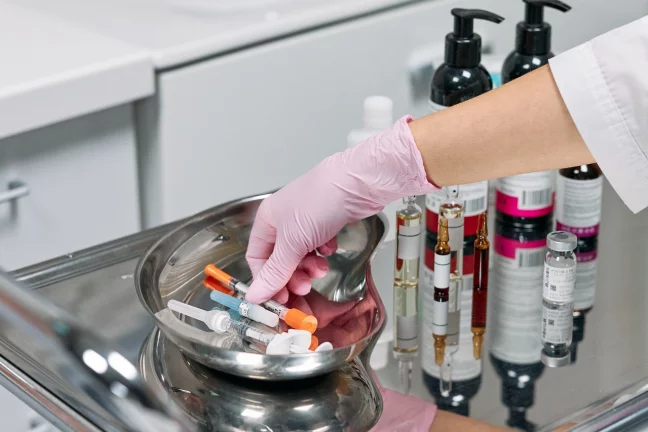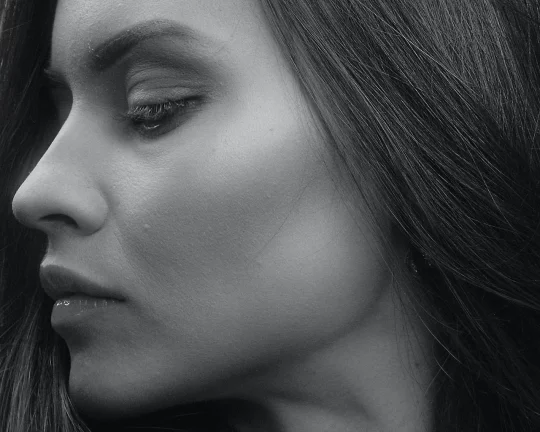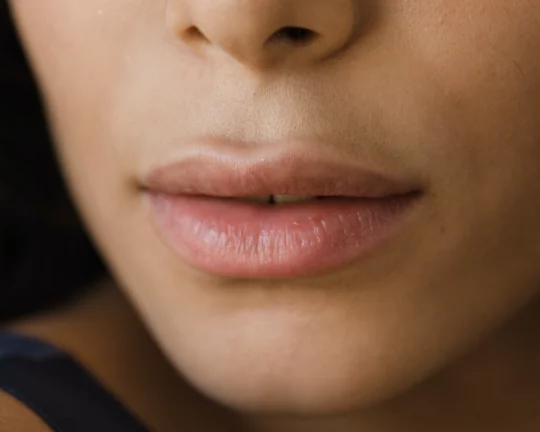-

- Author e-FILLERS Team
- Mar 15th, 2024
Answering Patients' Frequently Asked Questions about Dermal Fillers

Medical professionals in the field of aesthetic medicine understand that patients often have questions and concerns about dermal fillers. These inquiries range from the treatment process to potential side effects and expected outcomes.
In this article, we aim to address some of the most common questions patients may have about dermal fillers, providing clarity and insight to help them make informed decisions about their aesthetic journey.
FAQs about Dermal Fillers
1. What are dermal fillers, and how do they work?
• Dermal fillers are injectable substances used to restore volume, smooth wrinkles, and enhance facial contours.
• They work by replenishing lost volume, stimulating collagen production, and improving skin hydration for a more youthful appearance.
2. What areas can be treated with dermal fillers?
• Dermal fillers can be used to address various concerns, including lines and wrinkles, volume loss, and facial asymmetry.
• Common treatment areas include the cheeks, lips, nasolabial folds, marionette lines, tear troughs, and jawline.
3. Are dermal fillers safe?
• When administered by a qualified medical professional, dermal fillers are generally safe and well-tolerated.
• It's essential to choose an experienced injector who uses authentic fillers from official brands and follows strict safety protocols.
4. What should I expect during the treatment process?
• Dermal filler injections are typically quick and relatively painless, with minimal downtime.
• Your provider will cleanse the treatment area, apply a topical numbing cream (if needed), and administer the filler using a fine needle or cannula.

5. How long do dermal fillers last?
• The longevity of dermal fillers varies depending on factors such as the type of filler used, the treatment area, and individual metabolism.
• On average, hyaluronic acid fillers can last 6 to 18 months, while longer-lasting fillers may provide results for up to two years or more.
6. Are there any side effects associated with dermal fillers?
• Common side effects include temporary swelling, bruising, redness, and mild discomfort at the injection site.
• Serious complications such as infection, allergic reactions, or vascular occlusion are rare but possible and should be promptly addressed by a medical professional.
7. Can dermal fillers be reversed if I'm unhappy with the results?
• Yes, hyaluronic acid fillers can be dissolved using an enzyme called hyaluronidase if desired.
• However, it's essential to communicate openly with your provider about your expectations and concerns before undergoing treatment.
8. How can I ensure natural-looking results with dermal fillers?
• Look for a conservative approach and gradually build up filler over multiple sessions to achieve natural-looking results.
• Choose an experienced injector who has a keen eye for facial aesthetics and understands the importance of facial harmony and balance.
Navigating the world of dermal fillers can be overwhelming for patients, but armed with knowledge and guidance from their provider, they can make confident and informed decisions about their treatment. By addressing common questions and concerns about dermal fillers, we can empower our patients to embark on their aesthetic journey with confidence and peace of mind.
Dermal Fillers
5 myths about dermal fillers anyone needs to know
.webp)

.webp)





